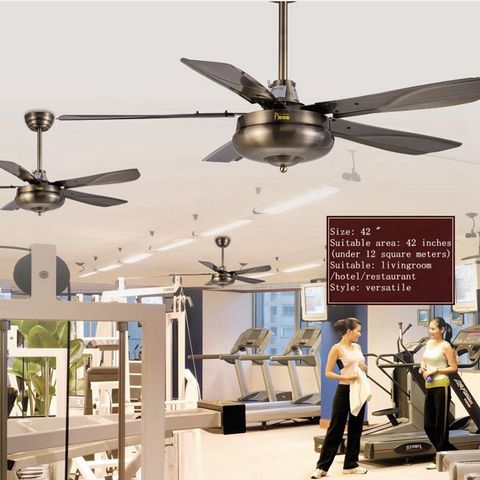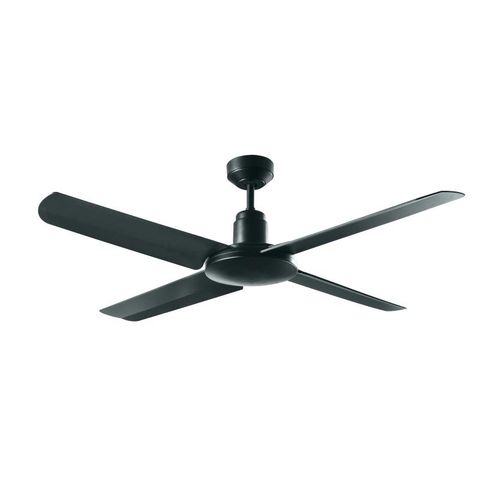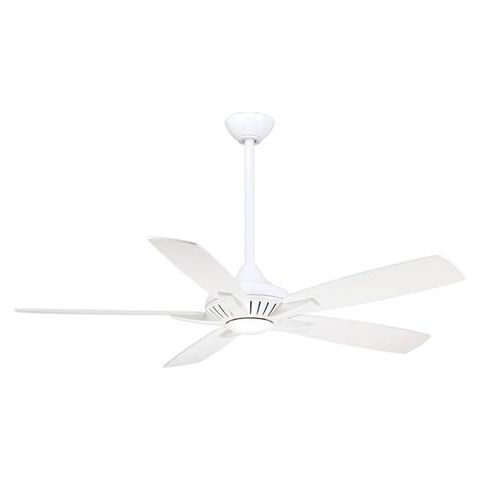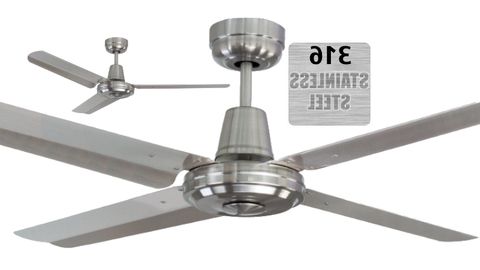When you think about outdoor fans, you probably picture those sleek, modern units that keep you cool during summer barbecues. But there’s a whole world of engineering behind the scenes that makes these fans work. It’s not just about the motor or the design – it’s about the blades themselves. These metal components are the unsung heroes that determine whether your outdoor space stays comfortable all season long.
Outdoor fans have evolved dramatically over the past decade. Gone are the days when you could simply pick up any old fan and expect it to handle the elements. Today’s outdoor fans must withstand everything from scorching sun to sudden rainstorms, and their performance largely depends on the quality and design of their metal blades. What exactly makes some blades better than others? How do manufacturers craft these components to deliver maximum airflow while maintaining durability? This exploration dives deep into the fascinating world of metal blade technology that powers today’s outdoor cooling solutions.
The Foundation of Blade Performance
At its core, a fan blade’s job is simple: move air efficiently. But achieving that requires understanding fundamental physics. The shape, size, and material of each blade directly impact how much air it can move and how quietly it operates. Metal blades offer distinct advantages over plastic alternatives because they can maintain their form under stress and resist the wear that comes with constant exposure to weather elements.
Consider this: a properly designed metal blade can move significantly more air than a plastic equivalent of the same size. This happens because metals like aluminum and steel have different properties that allow for thinner, more aerodynamically efficient profiles. When manufacturers get this right, you end up with fans that provide more cooling power with less energy consumption.
Material Selection and Its Impact
Not all metals are created equal when it comes to fan blades. Aluminum stands out as the most popular choice for several reasons:
• Aluminum is lightweight, which reduces strain on motors
• It resists corrosion well, especially when treated properly
• It’s highly durable and maintains shape over time
• It’s cost-effective compared to other options
Steel offers even greater strength but adds weight, which isn’t always ideal for outdoor applications. Some manufacturers blend materials or use specialized alloys to get the best of both worlds. For instance, some premium fans use aluminum with steel reinforcements in high-stress areas.
The key is finding the right balance between strength, weight, and resistance to environmental factors. A blade that’s too heavy will strain motors quickly, while one that’s too light may flex or warp under pressure. It’s a delicate dance that experienced engineers have perfected over decades.
Aerodynamic Engineering Principles
The science behind blade design isn’t just about picking the right metal – it’s about creating shapes that move air effectively. Think of it like designing airplane wings, but for fans. Engineers use sophisticated computer modeling to test various blade profiles before settling on final designs.
Key principles include:
• Angle of attack – the blade’s tilt relative to airflow
• Blade pitch – how the blade’s surface is angled
• Airfoil shape – the cross-sectional profile of the blade
• Surface texture – how the blade interacts with air molecules
Modern fans often feature curved or twisted blade designs that guide air more efficiently. Some blades even incorporate small grooves or textures that break up airflow patterns to prevent turbulence and improve overall performance. These subtle details make a huge difference in how much air moves and how quietly the fan operates.
Weather Resistance and Longevity
Outdoor fans face challenges that indoor units never encounter. They must endure:
• Direct sunlight and UV radiation
• Rain, snow, and humidity
• Temperature fluctuations
• Wind gusts and physical impacts
This means blade materials must be selected carefully. Many manufacturers now use protective coatings or treatments that extend blade life. Some apply powder coating in various colors, which not only looks great but also protects against fading and corrosion.
Regular maintenance helps too. Simple things like cleaning blades and checking for damage can extend a fan’s life by years. But the initial investment in quality metal blades pays dividends in reliability and performance. A well-made blade won’t need replacement every few seasons like cheaper alternatives might.
Energy Efficiency Considerations
Today’s consumers want more than just powerful fans – they want energy-efficient solutions that don’t break the bank. Here’s where metal blade technology really shines. Better-designed blades can reduce energy consumption by up to 30% compared to older models.
This efficiency comes from several factors:
• Reduced drag due to improved aerodynamics
• Better airflow distribution
• Less motor strain from lighter, stronger materials
• Enhanced blade coordination in multi-blade systems
For example, a three-blade system designed with precise angles and curves will move more air with less power than a four-blade system with poorly designed profiles. It’s not just about having more blades – it’s about optimizing each one for maximum effectiveness.
Innovation in Modern Blade Design
The latest breakthroughs in outdoor fan blade technology include:
• Smart blade adjustment systems that respond to wind conditions
• Self-cleaning surfaces that repel dirt and debris
• Integrated LED lighting that’s built into the blade structure
• Variable speed capabilities that adjust blade rotation based on demand
• Modular blade designs that allow for easy replacement
Some companies are even experimenting with nanotechnology coatings that prevent mold growth and make cleaning easier. Others are developing blades that can adapt their shape slightly based on environmental conditions. These innovations aren’t just flashy features – they address real problems that outdoor fan users face daily.
What’s particularly exciting is how these advances are making outdoor spaces more comfortable and functional year-round. Fans that once struggled with heat and humidity now perform reliably in extreme conditions.
The next time you admire a sleek outdoor fan spinning smoothly in your backyard, take a moment to appreciate the engineering behind those metal blades. They represent decades of innovation, from basic material selection to cutting-edge aerodynamic design. Understanding how these components work helps you make better choices when selecting outdoor cooling solutions. Whether you’re planning a new installation or replacing an old unit, knowing what to look for in blade quality can save you money and frustration in the long run. The investment in quality metal blade technology pays off not just in performance, but in peace of mind that your outdoor space will stay comfortable regardless of the weather. After all, a good fan starts with a good blade, and that foundation makes all the difference in creating the perfect outdoor environment.














